When is an ugly building just an ugly building?
In the almost 50 years since the passage the landmark and policy setting National Historic Preservation Act of 1966, the world of historic preservation has evolved to reflect the complexities and new understanding of the field. For long time veterans of the American preservation movement, there is a quiet irony in serving as advocates for mid-century modern buildings which were once viewed as intrusions when built in historic neighborhoods comprised of earlier buildings. Of course, any student of architectural history or community planning knows that significant architecture has no cutoff date, even if National Register standards suggest 50 years as a reasonable age to assess value. As the buildings of the Mid-Century Modern period (Pre-World War 2 through the 1970s) reach that 50 year mark and face pressure to undergo either substantial rehabilitation or perhaps demolition, a whole new discussion of architectural significance has developed.
While there are many outstanding and well known midcentury modern buildings, iconic in their own right and valued as identity giving landmarks, there are many more which are not so easy to evaluate for significance. These more ordinary examples of modern architecture require more thought when they do not have all the obvious hallmarks of architectural importance. These more mundane midcentury buildings that have no connection to a celebrated architect with a well-known body of work or a clearly defined context for evaluation can be a challenge for preservationists. And, it does not help that public tastes often do not favor these sometimes unlovely buildings.
One of the perhaps least appreciated midcentury architectural styles is Brutalism whose very name sounds a bit barbaric. The term is derived from the French description of rough concrete “beton brut,” but for some Brutalism just seems brutish …bold, uncompromising and rough. Brutalism was popular from the 1950s to the mid-1970s and influenced by the work of famous European architects Le Corbusier and Mies van der Rohe. American architect Paul Rudolf (1918-1997) designed some of the most famous buildings of this style. Many of Rudolph’s buildings have been lost to demolition and his Orange County Government Center is currently under threat in Goshen, New York.
The Brutalist style was often chosen for commercial and institutional buildings in the 1960s, perceived as a relatively inexpensive solution to create large and enduring structures that were less vulnerable to vandalism. Many Brutalist buildings were constructed on university campuses in that period of great collegiate expansion.
But, what is the architectural significance of more ordinary buildings of Brutalist design, casually located in the landscape? When I first stumbled across the building below while working on a historic building survey of Harrisburg, PA, I knew instantly it was out of place in a neighborhood of two and three story brick turn of the 20th century townhouses and commercial buildings.
As I looked at the sad and lonesome single townhouse, the sole survivor of the redevelopment of this block, I felt a strong dislike for the Brutalist building that replaced those more traditional circa 1900 historic district buildings. Now, that interloper in a historic neighborhood and example of a rather uncommon style in the city of Harrisburg perhaps deserves its own architectural recognition. Maybe what once seemed ugly to me was simply misunderstood?
Bibliography
http://www.fullertonheritage.org/Resources/archstyles/brutalism.htm
http://www.artanddesign20.com/?p=1275
Comment Policy
PHMC welcomes and encourages topic-related comments on this blog. PHMC reserves the right to remove comments that in PHMC’s discretion do not follow participation guidelines.
Commenters and Comments shall be related to the blog post topic and respectful of others who use this site.
Commenters and Comments shall not: use language that is offensive, inflammatory or provocative (this includes, but is not limited to, using profanity, obscene, or vulgar comments); disparage other commenters or people; condone illegal activity; identify the location of known or suspected archeological sites; post personal information in comments such as addresses, phone numbers, e-mail addresses or other contact details, which may relate to you or other individuals; impersonate or falsely claim to represent a person or an organization; make any commercial endorsement or promotion of any product, service or publication.
If you would like to comment on other topics not related to this blog post but related to PHMC, please fill out the PHMC Contact Us Form.
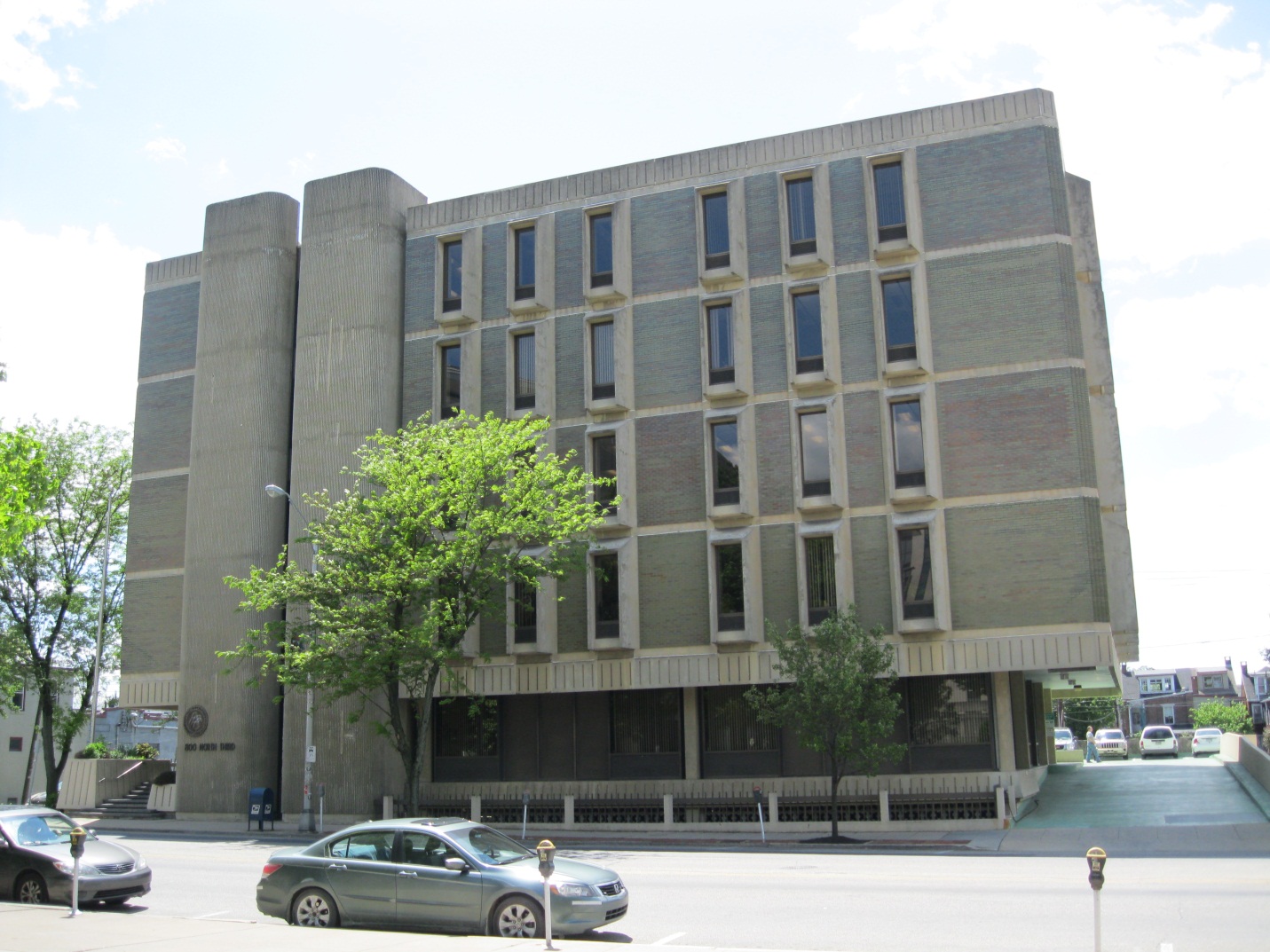
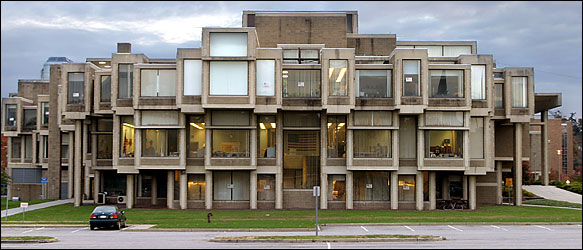
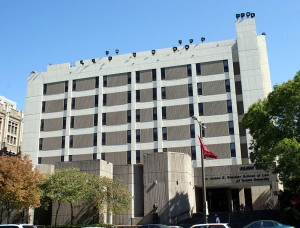
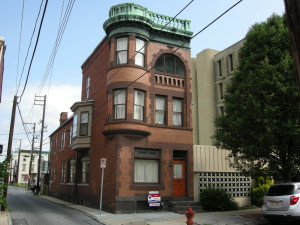
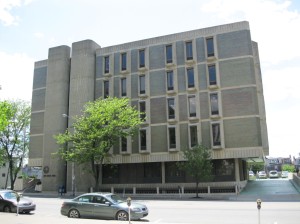
Thanks for teaching me about Brutalism. never heard of this style of architecture.